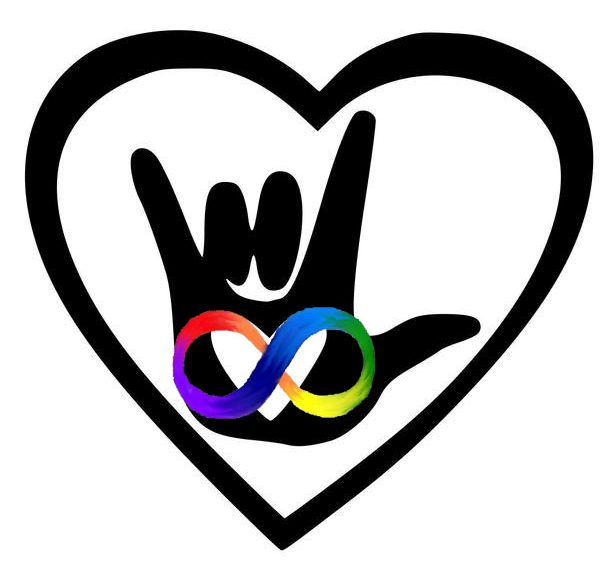
Five days after Yom Kippur, is the holiday called Sukkot. Sukkot is from the 15th day of Tishrei to the 21st day of Tishrei. It is named for the booths or huts (Sukkot in Hebrew) where Jews are supposed to dwell during a week-long celebration. It is meant to symbolize the huts that the Israelites lived in while wandering the desert for 40 years. Sukkot is one of three pilgrimage festivals (chaggim or regalim) of the Jewish calendar.
This is the only holiday that seems to not commemorate a historic event.
History of Sukkot
Sukkot originated from an ancient autumnal harvest festival. It is often referred to as hag ha-aif, “The Harvest Festival.” The imagery of the holiday and ritual of the holiday revolves around rejoicing and thanking G-d for the completed harvest. The sukkah represents the hut that farmers would live in during the harvest. In other festivals whose origins are not Jewish, the Bible reinterpreted the festival to imbue it with Jewish meaning.
Sukkot commemorates the wanderings of the Israelites in the desert after the reveal at Mount Sinai, with huts representing the temporary shelters that they lived in for 40 years.
Sukkot at Home
Many popular rituals of Sukkot are practiced at home. As soon as Yom Kippur ends, the sukkah is normally put up. The Sukkah is a flimsy structure with at least three sides. The roof is made from thatch, branches, or palm fronds. This provides some shade and protection from the sun. It also allows the stars to be seen at night. It is traditional to decorate the sukkah, usually with fruit and crafts. Meals are normally eaten in the sukkah, weather-providing. Some people opt to sleep in the sukkah, it really depends on the climate or how tough you are.
In a welcoming ceremony called ushpizin, ancestors are symbolically invited to partake in the meals with us. In commemoration of the bounty of Israel, we hold and shake the lulav and etrog.
The lulav is made from palm, myrtle, and willow. The etrog is also called a citron.
Sukkot in the Community
Services play an important role in the communal celebration of Sukkot. In addition to special festive readings, including Psalms of praise (Hallel) on Sukkot, additional prayers are included to ask G-d to save us (hoshana, from where we get the English word hosanna). During the Hoshana prayers, congregants march around the synagogue sanctuary holding the lulav and etrog.
Yom Tov
The first two days are called Yom Tov. These are the only days where work is forbidden, candles are lit in the evening and festive meals are preceded with Kiddush and include challah dipped in honey.
Hol Hamoed (Intermediate days of ) Sukkot
During these days of Sukkot, one is allowed to pursue normal activities. Sukkot is a working holiday. At the same time, they are supposed to hold and wave the lulav and etrog on a daily basis, eat one’s meals in the sukkah and continue to live in the sukkah for the remainder of the holiday.
The Final Two Days
The last two days (one day in Israel) of Sukkot is called Simchah Torah or Shemini Atzret. Simchah Torah is when the last Torah portion is read right before the first one. The Torah tells us after seven days of Sukkot, we should celebrate the eighth day. The highlight of this holiday is the boisterous singing and dancing in the synagogue, as the Torah scrolls are paraded in circles around the bimah.
sources:
https://www.chabad.org/library/article_cdo/aid/4784/jewish/What-Is-Sukkot.htm



1 thought on “Jewish Holiday: Sukkot”